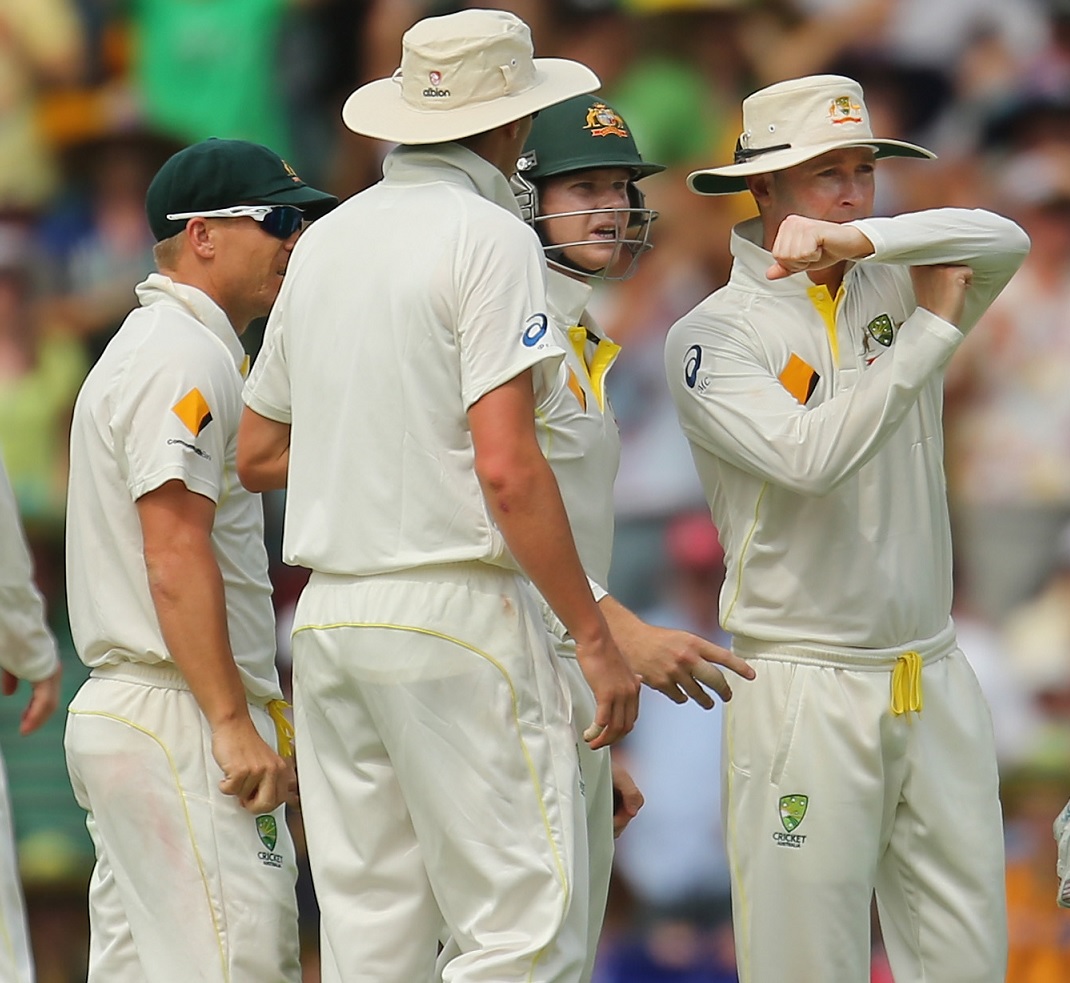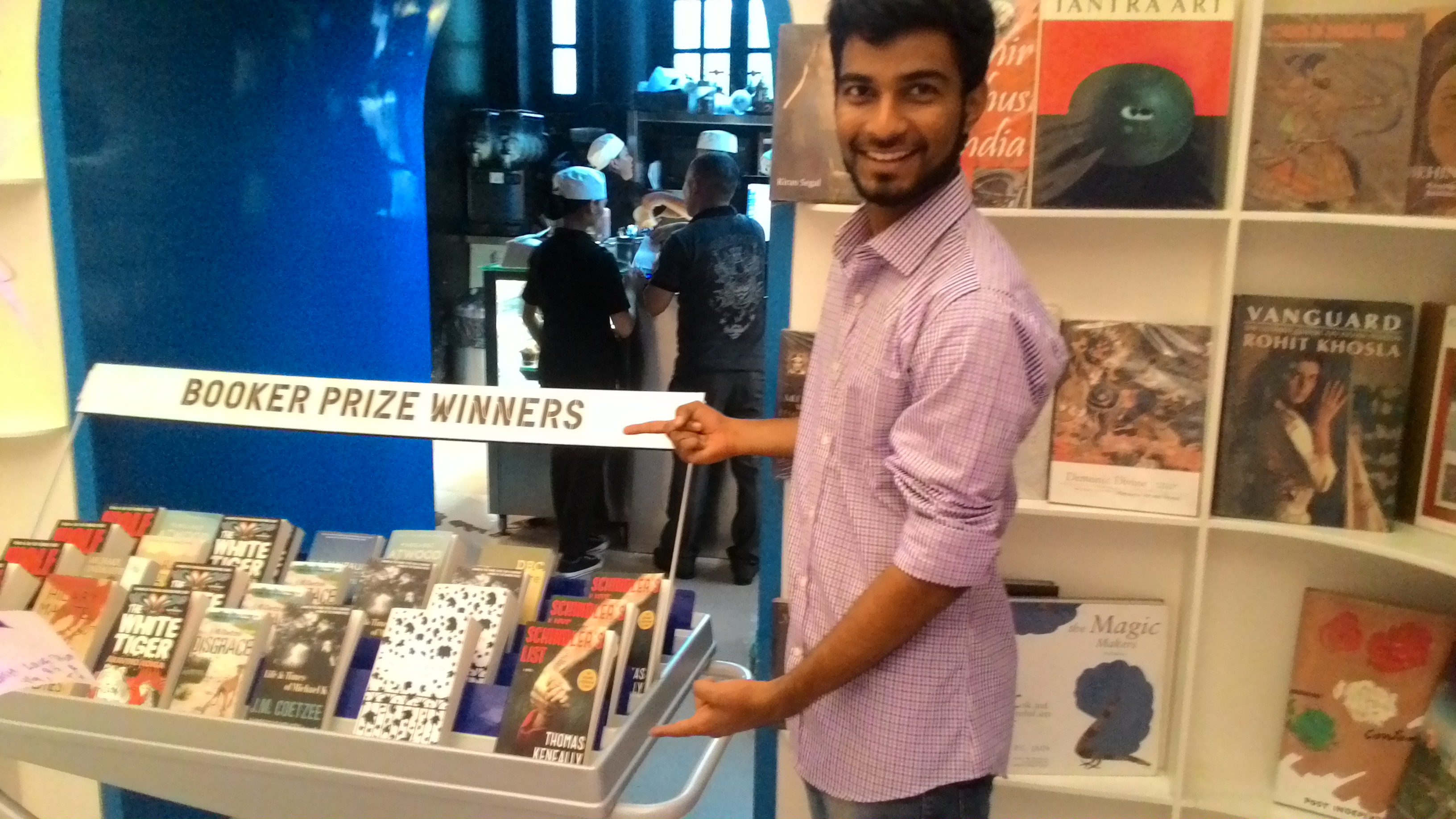MIT proves what BCCI had feared: Hot Spot and ball-tracking system are flawed
Batsmen can now circumvent the Hot Spot technology using silicone tape, scientists have said after an extensive research. Last week, MIT’s researchers have told the International Cricket Council (ICC) that silicone tape can prevent edges from being captured on the thermal imaging technology.

Scientists from the Massachusetts Institute of Technology have tested cricket’s decision review system (DRS) for over six months and have proved that silicone tape applied to bats can prevent Hot Spot from picking up faint edges, according to The Telegraph. Now it up to the ICC to decide on whether to ban silicone tapes at international level, or accept that Hot Spot system is not perfect.
It has long been suspected that Hot Spot can be fooled by silicone tape, and now it has been confirmed. The 2013 Ashes was also marred by a similar controversy, when edges that were picked up by the snickometer failed to show up on Hot Spot.
Kevin Pietersen had also successfully sued Australia’s Channel 9 after they suggested the batsman was using tape deliberately to fool the technology.
Warren Brennnan himself, the inventor of Hot Spot had urged ICC in the past to ban the use of silicone tape, which is legally allowed to protect the bat. After the 2013 Ashes controversy, Brennan developed a Real Time Snicko audio technology, which complements Hot Spot. The third umpire now uses it, and batsmen can be given out on the basis of this, even if the Hot Spot technology fails to pick up the edge.
Players sometimes have several layers of tape on their bat to repair minor damage and to level out indentations on the edge. The ICC had earlier commissioned MIT to review the technology currently in use in the sport with particular focus on edge detection and ball tracking. Chairman of the ICC cricket committee Anil Kumble had visited the MIT lab, where testing was being done.
According to The Telegraph, the ICC hopes that the result will help it introduce protocols for universal adoption of the DRS. Though the ICC remains adamant about the use of DRS and claims the number of correct decision it gave was 91.1% last year, India does not use it due to doubts over it’s accuracy.
There is a belief that the Indian board’s stance might soften after senior players like Sachin Tendulkar, who vehemently opposed DRS, have retired, the Telegraph says. The findings will be discussed at ICC’s annual meeting in Edinburgh this June.
--------------------------------------------------------------------------------------------------------------------------------------------------------------------------------
* Correction - The original article contained the line - “The scientists have also discovered that Hawk-Eye can have a field error of up to 1.5 inches, when determining the projected height of balls. This can prove to be a huge blow for the ball-tracking technology which is used currently, as this directly affects the LBW decisions which are reviewed using the DRS.” - it was removed on June 8, 2016, after it proved incorrect.
You can help Slum Soccer send 20 of our most talented footballers to represent INDIA at Homeless World Cup at Glasgow. Click here to know more.

Comments
Sign up or log in to your account to leave comments and reactions
0 Comments